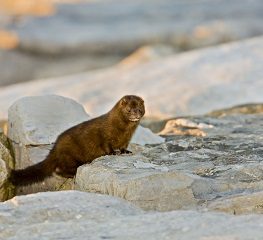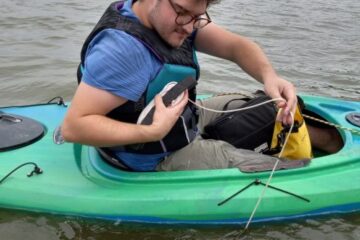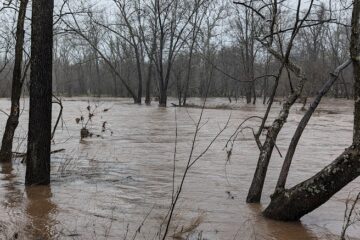
Photo: Jim Gilbert
One February afternoon, maybe 15 years ago, I caught a glimpse of dark cat-like creature crossing the frozen surface of our pond on Fairview Farm. This was my first sighting of the American Mink! With excitement, I reported the news to a good friend, sadly, no longer with us – Jack MacQueen, a true-blue outdoorsman who knew more about our region’s natural landscapes and the critters that inhabited them than anyone I knew.
Upon hearing, Jack huffed and launched into a rant about how he hated those scoundrels, no-good weasels… You see, Jack raised pheasants up the hill in Pottersville and one recent night, a mink had viciously killed 19 of his precious birds. Despite his fury, he had to admit respect for his clever adversary.
From my kayak, I have spotted only two more along the banks of the North Branch of the Raritan River. I remain fascinated by these sleek, quiet mammals that live in burrows along our river banks and lakes. Mink are semi-aquatic carnivores that feed on fish, crayfish, frogs, mice, muskrats, and birds. The adults are generally 16-20 inches including a long tail, two to three pounds and known for their dark brown coat. They are excellent swimmers and divers, they don’t hibernate, and their young are born in litters of one to eight kit in April and May.
Isn’t it amazing that this elusive creature exists in our midst – only 35 miles from one of the world’s most densely populated commercial centers? Conservation organizations and the folks that support them are the reason that the American Mink and all the fabulous wildlife we treasure remain in this special place we call home.



